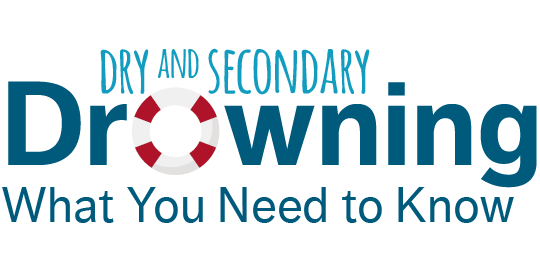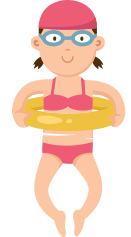Dry Drowning: Causes and Symptoms
June 19, 2017By: Amy Bennett
Categories: Live Healthy, Pediatrics, Prevention, Your Wellness

Summer is in full swing, and children are making a beeline for the cool water. Know the causes, signs and how to prevent dry and secondary drowning.
Dry Drowning
Dry drowning happens when your child takes in a small amount of water that does not reach the lungs. The airway spasms and closes up. Dry drowning usually happens minutes after your child leaves the water.
Secondary Drowning
Secondary drowning occurs when your child takes in water that then builds up in the lungs, causing swelling and preventing the child from getting enough oxygen. Secondary drowning can happen up to 24 hours after your child leaves the water.

Causes
- Falling in water
- Getting dunked
- Nearly drowning
- Swallowing
Symptoms
- Behavior changes
- Chest pain
- Choking/coughing
- Extreme fatigue
- Fever
- Loss of consciousness
- Trouble breathing
- Vomiting
Stay Safe
- Supervise your child at all times
- See that a lifeguard is on duty
- Never let your child swim alone
- Enroll your child in swimming lessons
- Take infant and child CPR courses
- Have your child wear an approved floatation device
If you see any of these symptoms, seek medical attention right away.



